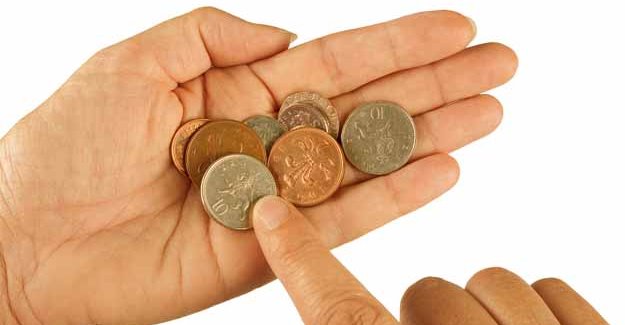21 million households in transport poverty
An estimated four fifths of the UK’s 26 million households are in what could be described as ‘transport poverty’.
This means more than ten percent of their expenditure goes on transport (both personal and public) with the majority of it being used to buy and run a car. By way of comparison, the official definition of fuel poverty is where a household spends more than a tenth of its income on keeping warm.
Analysis by the RAC Foundation shows that when all households (with and without a car) are divided into five equal groups (quintiles) according to income, then in the:
• lowest earning quintile: 9% of expenditure goes on transport
• second quintile: 11.5%
• third quintile: 13%
• fourth quintile: 14.5%
• highest earning quintile: 15.5%
The latest figures available show that out of average expenditure of £473.60 in both car and non-car owning households expenditure, £64.90 (14%) goes on transport, making it the single biggest area of expense.
Professor Stephen Glaister, director of the RAC Foundation, said:
“Rightly, there is much concern about the four million households who need to spend more than 10% of their income to keep warm. Yet this figure is dwarfed by the 21 million households which spend over 10% on transport. For the average household transport is the single biggest outgoing, bar none.
“The situation is even starker when you look only at those homes which have a car or van. In these cases, the poorest fifth of households are spending at least 17% of income on a vehicle – leaving aside anything extra that goes on public transport.
“Just like heating our homes, most of us have to spend money on transport. There is no choice. While savings can be made at the margins by making fewer journeys and combining those which are essential, people have no option other than to go to work, visit the supermarket, see the doctor and take the children to school. That means paying for transport.
“The public finances are a matter for the Chancellor, but when he makes decisions about the rate of fuel duty he must be aware of their impact on the 34 million people who drive. It is true the cost of buying a car has fallen over recent years, but the cost of running one has soared. While most people can delay replacing their vehicle they have little or no choice about filling it with fuel, getting it taxed and insured, and keeping it maintained.”
According to the Office of National Statistics’ Family Spending Survey 2011 edition 75% of households have at least one car or van.
ENDS
Contact:
Philip Gomm – Head of External Communications – RAC Foundation
020 7747 3486 / 07711 776 448 / 020 7389 0601 (ISDN) [email protected]
Notes to editors:
The RAC Foundation is a charity that explores the economic, mobility, safety and environmental issues relating to roads and responsible road users. Independent and authoritative research, carried out for the public benefit, is central to the Foundation’s activities.
The Foundation’s analysis is based on data contained in the Family Spending Survey 2011:
http://www.ons.gov.uk/ons/rel/family-spending/family-spending/family-spending-2011-edition/family-spending-2011-pdf.pdf
The number of households in the UK comes from:
http://www.ons.gov.uk/ons/rel/family-demography/families-and-households/2011/stb-families-households.html
The Department for Energy and Climate Change publishes an annual report on fuel poverty (in England):
http://www.decc.gov.uk/Media/viewfile.ashx?FilePath=Statistics/fuelpoverty/2181-annual-report-fuel-poverty-stats-2011.pdf&filetype=4&minwidth=true
In this DECC report fuel poverty is described as:
“A household is said to be fuel poor if it needs to spend more than 10 per cent of its income on fuel to maintain an adequate level of warmth.”


